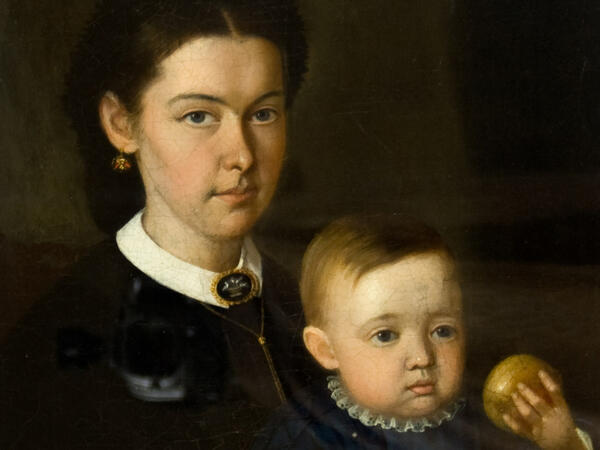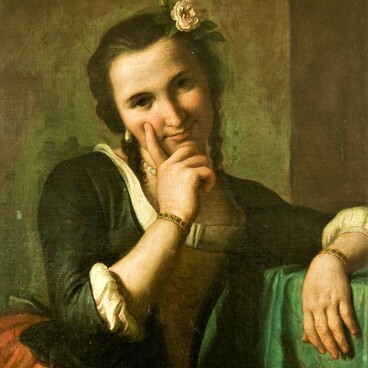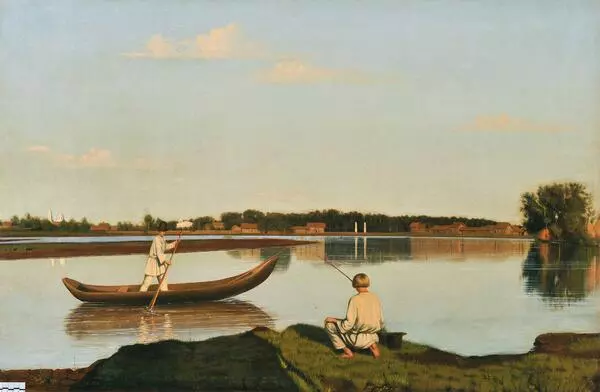Grigory Vasiliev (Vasiliev is his real surname) was born in 1823 and was a serf of landowner Nikolai Milyukov. He lived in Ostrovki estate and worked as a gardener. As a child, he received a nickname Soroka which later became his surname. Soroka was self-taught but rather talented — his talent was noticed by Milyukov’s neighbor, famous artist Alexey Venetsianov.
Venetsianov made an agreement with the landowner to let the young man to study under him. Many young people finished Venetsianov’s school, which he opened in his estate in Safonkovo. Most of them were serfs, craftsmen and bourgeois.
Venetsianov was Soroka’s mentor for a long time. It is reported that Venetsianov was an activist and tried to free talented students-artists from serfdom. However, despite the painter’s efforts, Soroka remained a serf until the reform of 1861.
On April 1847, Venetsianov was working on a large project — he was supposed to paint 20 icons for an iconostasis of the church in the Tver boarding house for noble youth. Soroka helped him with that. In a letter dated May 5, Venetsianov wrote to Milyukov:
Venetsianov made an agreement with the landowner to let the young man to study under him. Many young people finished Venetsianov’s school, which he opened in his estate in Safonkovo. Most of them were serfs, craftsmen and bourgeois.
Venetsianov was Soroka’s mentor for a long time. It is reported that Venetsianov was an activist and tried to free talented students-artists from serfdom. However, despite the painter’s efforts, Soroka remained a serf until the reform of 1861.
On April 1847, Venetsianov was working on a large project — he was supposed to paint 20 icons for an iconostasis of the church in the Tver boarding house for noble youth. Soroka helped him with that. In a letter dated May 5, Venetsianov wrote to Milyukov:




